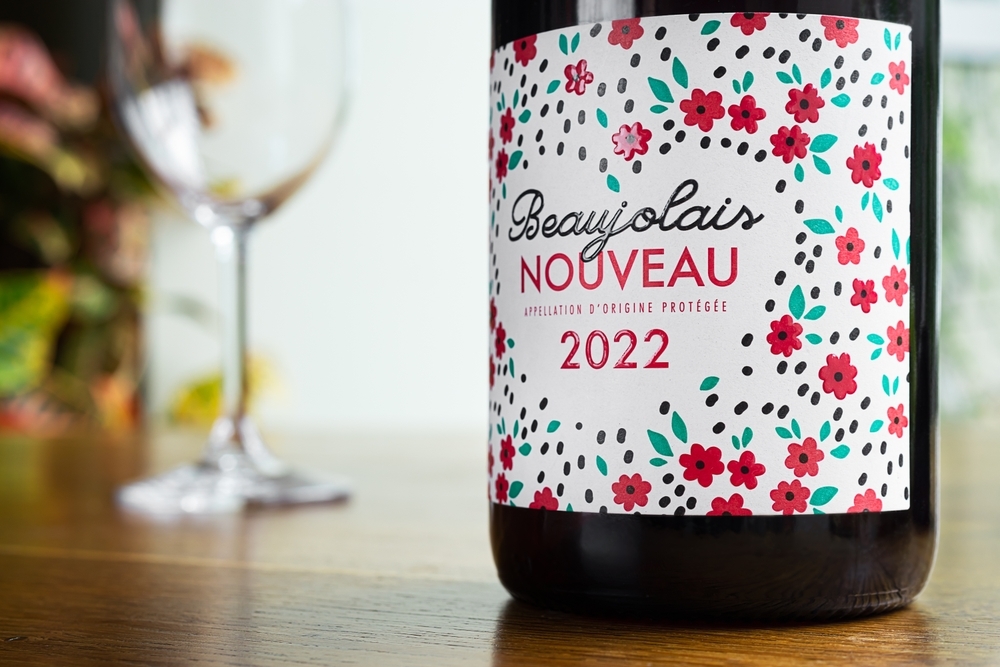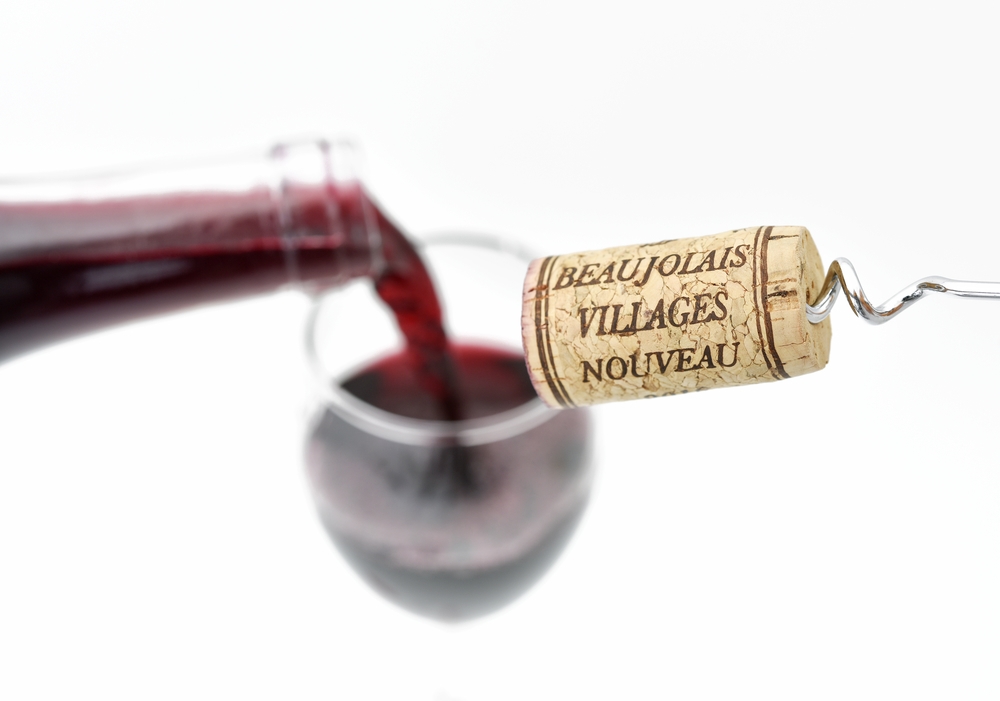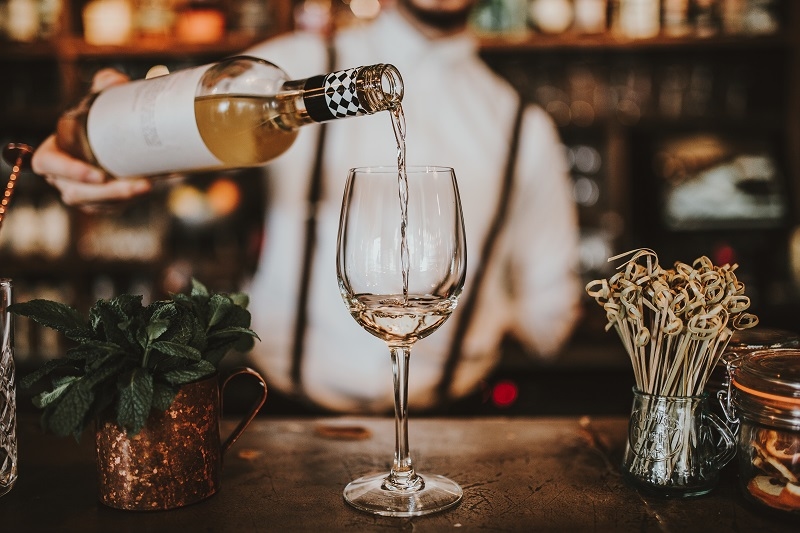A Detailed Guide of France’s Festive Wine Beaujolais Nouveau

In the heart of France, nestled between Burgundy and the Rhône Valley, a celebration unfolds each November that transcends the mere act of wine drinking. It is joyful, fleeting, and rooted in tradition. This is Beaujolais Nouveau, a renowned wine, a moment, a ritual. So, what is Beaujolais Nouveau wine? If you are stuck with the same question as well, this blog is exactly what you need.
Let’s dive in and run through every swirl to find the perfect answer to your question. This guide will explore everything, from the vineyards of southern France to bustling cafés in Paris and beyond. You will also discover the reason this wine receives so much attention globally.
What Is Beaujolais Nouveau Wine?
To begin with the basics, Beaujolais Nouveau wine is a young red wine made from Gamay grapes in the Beaujolais region of France. What makes it unique is its ultra-short production cycle as it is harvested, fermented, bottled, and shipped all within a matter of weeks.
Unlike aged wines, Beaujolais Nouveau is not meant to be cellared or stored. It is intended to be enjoyed immediately to experience the essence of the recent harvest. This freshness gives it a light and fruity profile like red berries, banana, and bubblegum notes. Combining these features with its soft tannin structure and low acidity makes Beaujolais Nouveau an extremely popular choice among people.
When Does Beaujolais Nouveau Come Out?

The same question arises every autumn, when does Beaujolais Nouveau come out? The answer is delightfully precise. Since 1985, French law dictates that Beaujolais Nouveau is released on the third Thursday of November, at 12:01 AM local time.
This release date marks a global wine celebration known as Beaujolais Nouveau Day, where wine lovers gather at midnight parties, wine bars, and restaurants around the world to pop bottles and toast to the new vintage. From Tokyo to Toronto, New York to Nice, it is a night of unfiltered enthusiasm and shared delight.
The release is not just a marketing stunt but a cultural ritual.
The History Behind Nouveau Beaujolais
The story of nouveau Beaujolais began centuries ago as a regional tradition. Local winemakers would produce a quick, easy-drinking wine to celebrate the end of harvest. It was enjoyed within the region and never meant for mass distribution.
In the mid-20th century, however, a brilliant bit of marketing turned this local affair into an international sensation. Georges Duboeuf, often dubbed "The Pope of Beaujolais," championed the idea of global release parties and transformed the wine into a symbol of seasonal festivity.
By the 1980s, it had become a worldwide event, complete with countdown clocks, themed merchandise, and midnight shipments flown to major cities across continents.
How Beaujolais Nouveau Is Made
The secret to Beaujolais Nouveau's rapid turnaround lies in a technique called carbonic maceration. Instead of crushing the grapes before fermentation, whole grape clusters are sealed in vats filled with carbon dioxide. This triggers fermentation within the grape itself, leading to minimal tannin extraction and vibrant, fruity flavors.
After just a few days, the juice is pressed, bottled, and ready for sale. The entire process—from vine to glass—can take as little as 6–8 weeks.
This method results in a wine that is easy on the palate and easy to love.
Top Pick: Top Wine Pairings to Elevate Your Grilled BBQ Dishes
How to Enjoy Beaujolais Nouveau
Beaujolais Nouveau is as much about the experience as the taste. It is best served slightly chilled (around 13°C or 55°F) and enjoyed with friends, food, and laughter.
Here’s how to make the most of your bottle:
- Pair it with simple foods: Charcuterie, roast chicken, pâté, soft cheeses, and mushroom dishes all complement its fruity freshness.
- Use it to kick off the holidays: Beaujolais Nouveau Day often signals the start of the festive season in France.
- Don't overthink it: This is not a wine to analyze but to enjoy. Its charm lies in its spontaneity.
And remember—it’s meant to be consumed within the same season. Drink it young, drink it often.
Beaujolais Nouveau vs. Regular Beaujolais
A common point of confusion: Is Beaujolais Nouveau the same as other Beaujolais wines? The answer is no.
The Beaujolais region produces several types of wine, including Beaujolais Villages and ten Cru Beaujolais appellations. These wines undergo longer fermentation, and more complex vinification, and can age beautifully.
Beaujolais Nouveau, in contrast, is a snapshot—an ephemeral glimpse of the harvest. Where Cru Beaujolais might whisper of terroir and complexity, Nouveau Beaujolais sings of joy, youth, and momentum.
Each has its place. One is a love letter; the other is a love note.
Why the World Celebrates Beaujolais Nouveau Day
Beaujolais Nouveau Day is not just a French affair. The wine’s global release has inspired midnight parties in cities like London, Tokyo, and New York. Restaurants craft special menus, wine shops host tastings, and sommeliers share pairing tips.
It’s one of the rare times wine becomes unpretentious and purely about fun. No vintage charts, no decanters, no swirling required.
In Japan, for instance, spas famously fill their baths with Beaujolais Nouveau wine—a quirky but passionate embrace of the tradition. In Paris, waiters sprint through the streets with bottles in hand. In the U.S., it often marks the unofficial start of the Thanksgiving season.
What other wine can claim such a résumé?
Criticism and Controversy
Not everyone is a fan as some critics dismiss Nouveau Beaujolais calling it too simple, too rushed, or too commercial. And they're not entirely wrong—this is not a wine to compete with the greats of Bordeaux or Burgundy.
But to compare the two is to miss the point entirely. Beaujolais Nouveau is about accessibility, tradition, and celebration. It is the people's wine—delivered in real-time.
Buying Beaujolais Nouveau
Beaujolais Nouveau is widely available in wine shops, supermarkets, and online retailers starting on release day. While Georges Duboeuf remains the most famous producer, many others craft excellent examples:
- Joseph Drouhin
- Jean Foillard (natural/organic variants)
- Louis Jadot
Expect to pay between $10 and $20 a bottle. The best advice while buying this masterpiece is to always buy two bottles, one to share and the other one to remember.
Final Thoughts: A Toast to the Moment
In a world that often values patience and complexity, Beaujolais Nouveau is a celebration of the present. It’s a reminder that wine can be joyful, immediate, and inclusive.
So the next time you hear someone ask you about Beaujolais Nouveau wine, you will know it’s not just about grapes or dates but it is about the spirit of wine lovers.
Raise a glass of Beaujolais Nouveau to the harvest, to tradition and to impermanence.
This content was created by AI
No keywords available



